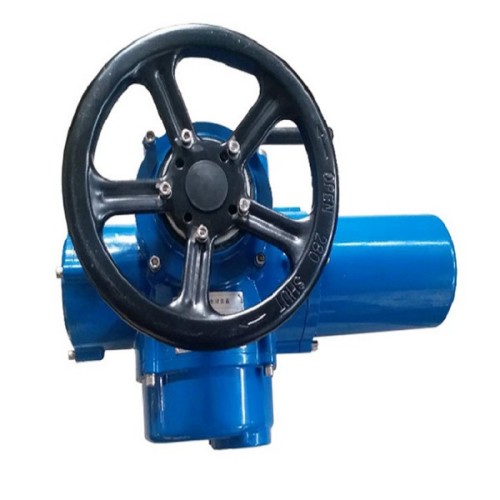rubber expansion joint material
Understanding Rubber Expansion Joint Material Key Attributes and Applications
Rubber expansion joints are vital components in various industrial applications, serving to absorb movement, vibration, and misalignment in piping systems. They play a crucial role in maintaining the integrity and efficiency of these systems, providing a flexible solution for the demands of modern engineering. This article delves into the materials used in rubber expansion joints, emphasizing their importance and applications.
What Are Rubber Expansion Joints?
Rubber expansion joints are flexible connections used in piping systems designed to absorb thermal expansion and contraction due to temperature changes. They are constructed from elastomeric materials and often feature metal flanges for anchoring the joints to the pipes. The elasticity of rubber allows these joints to accommodate movement and vibrations, effectively mitigating the stress that could otherwise lead to leaks or structural failure.
Key Materials Used in Rubber Expansion Joints
The primary material used in the fabrication of rubber expansion joints is natural rubber or synthetic elastomers, each chosen based on specific operational requirements such as temperature, pressure, and the nature of the fluids being transported.
1. Natural Rubber (NR) Known for its excellent elasticity and tensile strength, natural rubber is often used for standard applications in moderately hot water and air conveyance systems. However, its resistance to heat and ozone is limited compared to synthetic alternatives.
2. Buna-N (Nitrile) This synthetic rubber is renowned for its superior resistance to petroleum-based oils and chemicals, making it ideal for applications in the automotive and aerospace industries. Buna-N rubber joints are particularly useful in systems handling oil, gasoline, and hydraulic fluids.
3. Silicone Rubber Silicon-based elastomers stand out due to their high-temperature tolerance, maintaining flexibility and structural integrity in extreme conditions. This makes them the preferred choice for applications involving steam or high-temperature fluids.
4. Chloroprene (Neoprene) Neoprene rubber combines flexibility with good resistance to heat, ozone, and a variety of chemicals. It is commonly utilized in HVAC systems and for applications involving corrosive chemicals.
5. EPDM (Ethylene Propylene Diene Monomer) EPDM rubber is highly regarded for its resistance to heat, oxidation, and ozone. It is often selected for outdoor applications and systems that deal with steam or hot water.
Benefits of Rubber Expansion Joint Materials
The choice of material for rubber expansion joints significantly influences their performance and longevity in various applications
. Some of the notable benefits includerubber expansion joint material

- Flexibility The inherent elasticity of rubber allows for a range of motion, accommodating pipe movements and reducing stress and vibration in the system.
- Corrosion Resistance Many rubber materials are designed to withstand corrosive substances, enhancing the durability of the piping system.
- Noise and Vibration Dampening Rubber effectively absorbs vibrations, helping to reduce noise levels associated with moving fluid in pipelines.
- Thermal Insulation Rubber's insulating properties help to manage temperature fluctuations, maintaining the integrity of the fluids transported within the pipes.
Applications of Rubber Expansion Joints
Rubber expansion joints are integral to a wide range of industries, including
- Water and Wastewater Treatment Plants To manage the movement and expansion of pipes while ensuring the efficient transport of fluids.
- Chemical Processing To handle corrosive materials and facilitate expansion under varying temperatures.
- Power Generation In steam lines and cooling systems where thermal expansion may be a concern.
- HVAC Systems To reduce the transmission of vibrations and sound through air ducts.
Conclusion
Rubber expansion joints represent a critical element in many industrial applications, providing essential flexibility and durability to piping systems. The selection of appropriate rubber materials, such as natural rubber, Buna-N, silicone, neoprene, or EPDM, is vital to cater to the specific requirements of temperature, pressure, and fluid types. As industries continue to evolve, so too will the materials used, driving innovation and improving the performance of rubber expansion joints in an ever-changing landscape.
-
The Key to Fluid Control: Exploring the Advantages of Ball Valves in Industrial SystemsNewsJul.09,2025
-
The Versatile World of 1, 2, and 3 Piece Ball ValvesNewsJul.09,2025
-
Stainless Steel Ball Valves: The Ideal Choice for Efficient Flow ControlNewsJul.09,2025
-
Optimizing Fluid Control with Ball Float ValvesNewsJul.09,2025
-
Manual Gate Valves: Essential for Control and EfficiencyNewsJul.09,2025
-
Everything You Need to Know About Butterfly ValvesNewsJul.09,2025
-
The Versatility of Wafer Type Butterfly ValvesNewsJul.08,2025




